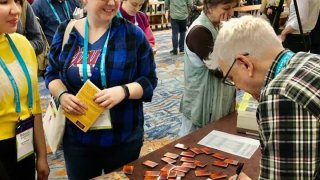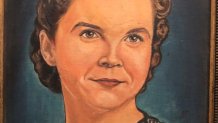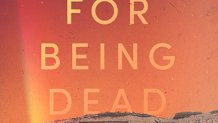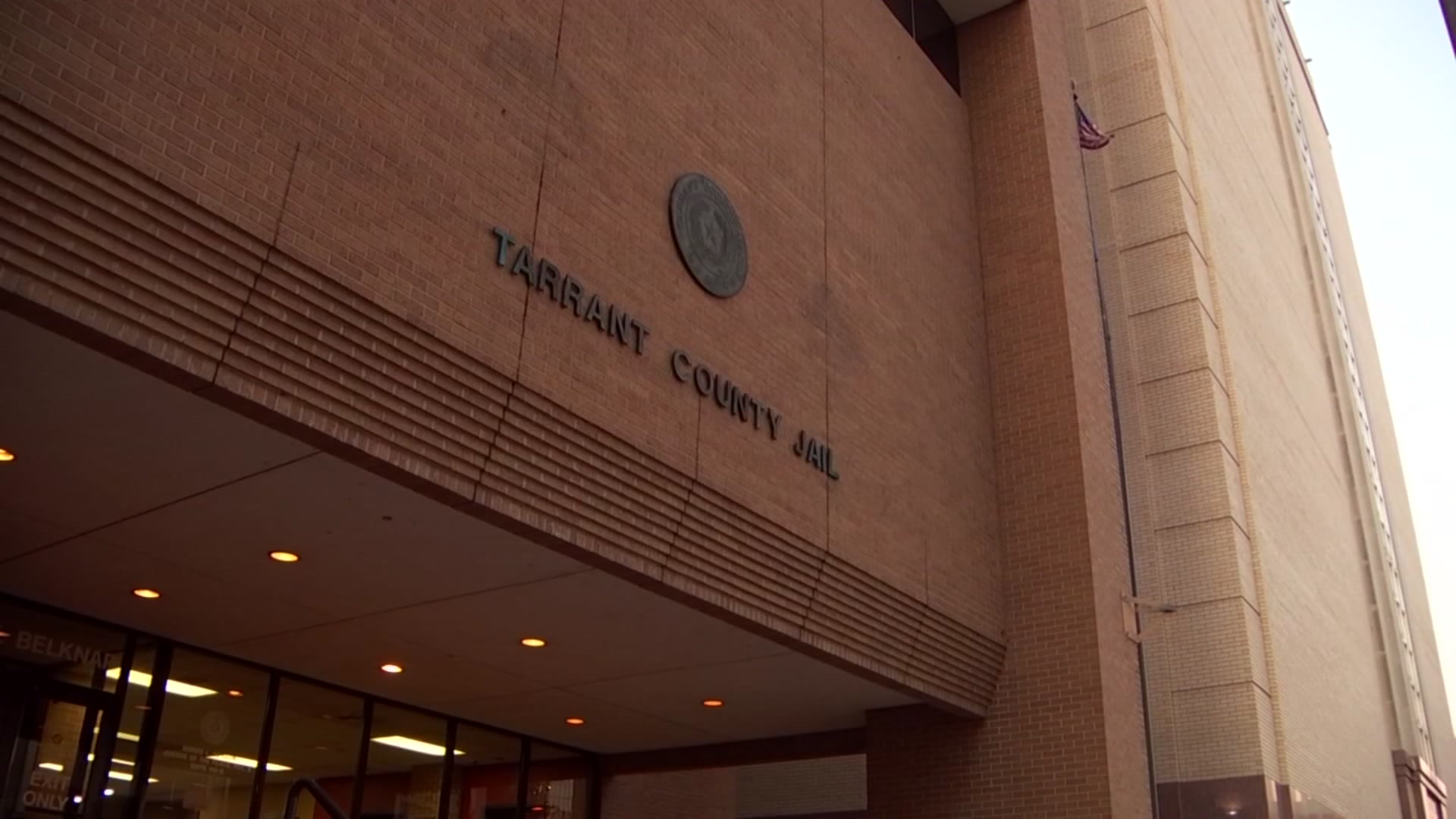
Ghosts do not scare Kim Powers; they give him peace. In his new book, Rules for Being Dead, a ghost and the son she left behind try to unravel the mystery of her sudden death and find peace for themselves.
Set in McKinney, the novel is part mystery, part ghost story and based on Powers’ family story and the lingering questions after his mother’s death. “It was really to find an answer for myself about what happened to her, even if it is fictional or something that would give me peace. But I needed to give them peace too: my mother, my stepmother, my father. I needed to see them in a fully faceted way,” Powers said. “I wanted to put on my adult cap and give them their due. Let them talk to me and tell me what their stories were.”
Powers grew up in McKinney during the 1960s and was ten years old when his mother died. He studied theater at Austin College, graduating in 1979. He earned an MFA from the Yale School of Drama. A two-time Emmy winner and author of Capote in Kansas, Dig Two Graves as well as his memoir, The History of Swimming, Powers is the Senior Writer for ABC News’ 20/20.

Whether he is writing for television anchors or fictional characters, Powers’ theater background influences his approach. “I really dig in for deep emotion. I want to see blood on the page,” Powers said. “I want to get into the living heart of a character, the heartbeat of a character and I want to bring the audience into that as well. I think this acting background from high school and college allows me to do that.”
Powers brings the world of his childhood alive through the two parallel stories of ten-year-old Clarke and the ghost of his mother, Creola. Both want to understand how Creola died.
Clarke searches for guidance in the iconic movies at the local movie theater, becoming a kid detective collecting clues of emotional significance. “It’s a love of movies that my mother and Clarke’s mother in the book passes onto him and they both use it in a way to live in a fantasy world they need to survive,” Powers said.

Powers spend his childhood watching whatever movie was playing on Saturday night. To recreate that experience, he did some hometown research. “I literally went back to McKinney, to the McKinney library and spent not just hours, but days, on their microfilm machine going back to those two or three years and xeroxing as a memory aid every movie I saw in that period,” Powers said.
Local
The latest news from around North Texas.
Powers created Creola to be a living presence, hovering over McKinney’s town square, the school where she taught and the home she shared with her family. She retraces the last few days of her life, trying to piece together the truth of her death. “She can’t leave this earth until she finds out what happened,” Powers said.
Creola soars around the town and perches on the highest places of McKinney, giving Powers a chance to fulfill his childhood dream in writing. “Even as a kid, I had this fantasy of wanting to fly and wanting to fly to the top of the highest points in the town,” Powers said. “I had a wonderful time imagining McKinney, Texas circa 1966 from a 360 perspective.”

Creola is most content among the living, protectively watching over her young sons. “She talks about how it tires her wings to fly back to the cemetery every night, so she makes a home on top of the drive-in movie theater or makes a home in the treehouse the local boys have put up in the tree across the street where she lived and died,” Powers said.
Rules for Being Dead is more about living than dying. “I think the rules for living are to live fully, to live the best you can, to love people, to give them answers when they need them, to give them help when they need it. I think there’s a certain spiritual aspect of the book about help from the other side that the living can glom onto in times of need and remembering the dead, honoring the dead,” Powers said.
Much of the book is about processing grief and coming to terms with the incomprehensible. “Fight for what is just and right. I think in his little way, Clarke is doing that. As little as his little 10-year-old fists are, he is wringing out the world, ‘Why did this happen, God? Why did this happen to me? Give me answers!’ I think that’s a useful thing to carry with you no matter how old you are, but then you have grace when you’ve gotten the answer almost and when it’s alright to give up the fight,” Powers said.

Spending a decade working on Rules for Being Dead transformed Powers. “Over the process of it, I think I saw myself change from this angry person blaming the world, blaming God to someone who has been given and accepted a kind of grace. I’ve learned to look at everybody and see the struggle they are going through, even if it isn’t an apparent struggle on the outside, to know everybody has a story,” Powers said. “I’ve learned to cut people some slack and give them a break, myself included. And maybe I was the one who needed to hear that the most.”
Learn more: https://kimpowersbooks.com/



